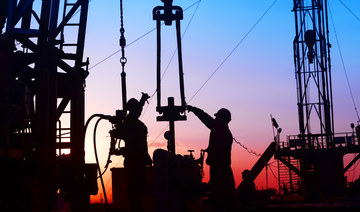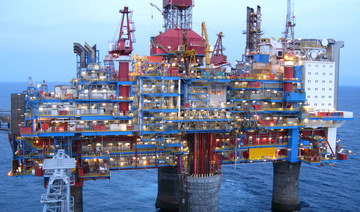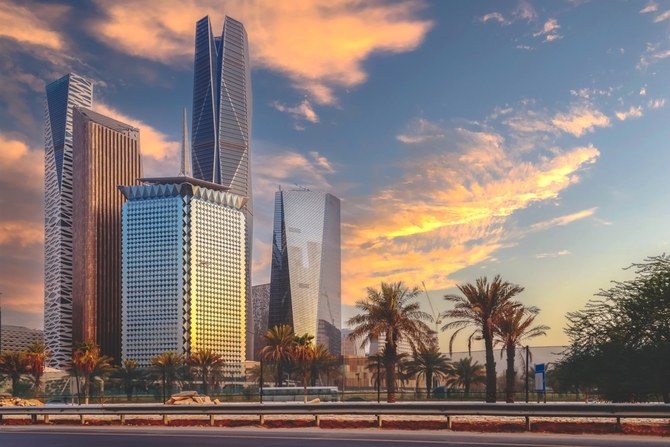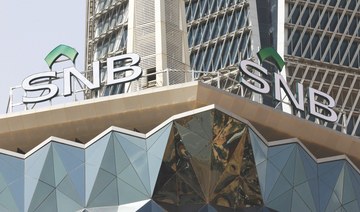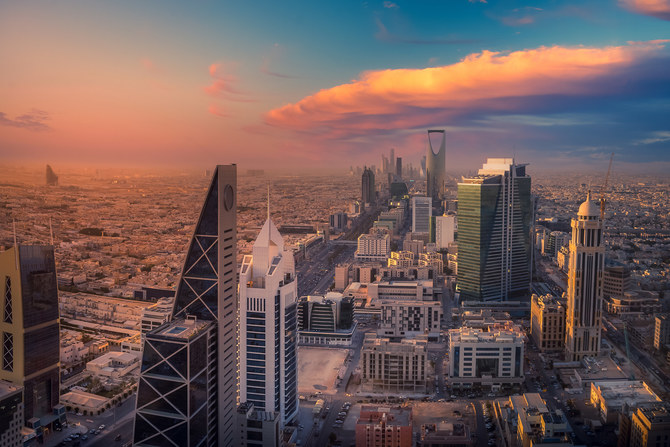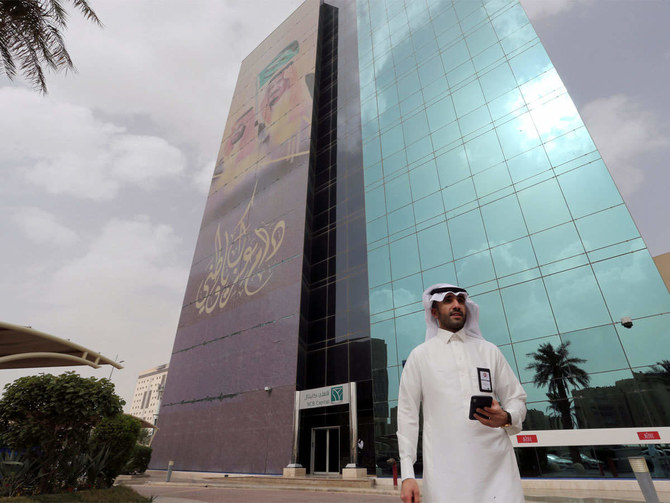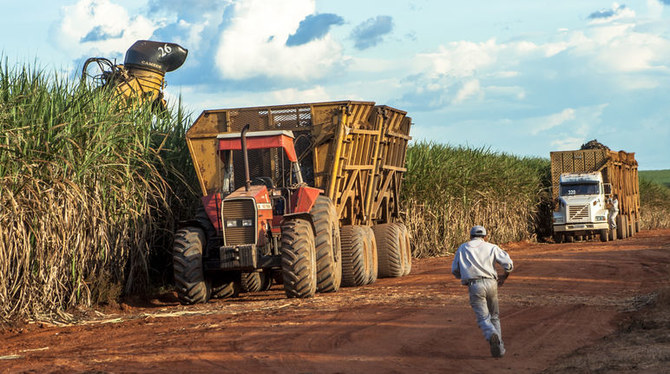RIYADH: Oil prices rose on Tuesday, supported by a softer dollar and a US plan to restock petroleum reserves, but gains were capped by uncertainty over the impact of rising COVID-19 cases in top oil importer China.
Brent crude futures were up 50 cents, or 0.65 percent, at $80.30 a barrel by 1035 GMT, adding to a 76-cent gain in the previous session.
US West Texas Intermediate crude futures rose $1, or 1.31 percent, to $76.19 after climbing 90 cents on Monday.
Oil prices have been buoyed by US plans announced last week to buy up to 3 million barrels of oil for the Strategic Petroleum Reserve after this year's record release of 180 million barrels.
A weaker dollar has also supported prices, making oil cheaper for those holding other currencies.
"Oil prices could see further upside, as we expect physical markets to tighten further on the back of supply constraints and stronger global demand," Qatari bank QNB said in a note, predicting prices at $90-$115 a barrel in the coming quarters.
Rising supply from Kuwait, Russia to weigh on Asia fuel oil in 2023
Asia is expected to be flooded with more fuel oil supplies in 2023 as Kuwait's new Al-Zour refinery ramps up output and as Russia diverts record volumes from Europe to the East ahead of sanctions.
Higher supplies are expected to weigh on Asia's fuel oil prices and refiners' margins next year amid steady demand from the ship fueling and power generation sectors.
The 615,000 barrels-per-day Al Zour refinery, which started exporting products in November, is poised to be a major supplier of very-low sulfur fuel oil, commonly used for ship refueling, known as bunkering.
Once fully operational, the refinery will export between 400,000 to 500,000 tonnes of VLSFO per month, meeting 8 percent to 10 percent of Asia's demand if the supplies flow East, according to industry sources and Reuters calculations.
Meanwhile, high-sulfur fuel oil has also come under pressure since May as Russian barrels flooded Asia after Western sanctions following their invasion of Ukraine. Asian refiners’ crack spread for the product fell to an all-time low in October.
Asia's fuel oil imports from Russia rose to a record of 736,000 bpd in October and were at 410,000 tons as of Dec. 13, data from Kpler showed, ahead of a complete European Union ban on Russian imports on Feb. 5.
Russia's Transneft receives Polish and German requests for oil
Russia's Transneft has received requests from Poland and Germany for oil in 2023, the state oil pipeline monopoly's head told Rossiya-24 TV, adding that supplies via the Druzhba pipeline's southern spur are expected to hold steady next year.
The EU has pledged to stop buying Russian oil via maritime routes from Dec. 5, with Western nations also imposing price caps on Russian crude oil, but the Druzhba pipeline remains exempt from sanctions.
Transneft's comments are at odds with suggestions last month that Poland aimed to abandon a deal to buy Russian crude.
(With inputs from Reuters)




